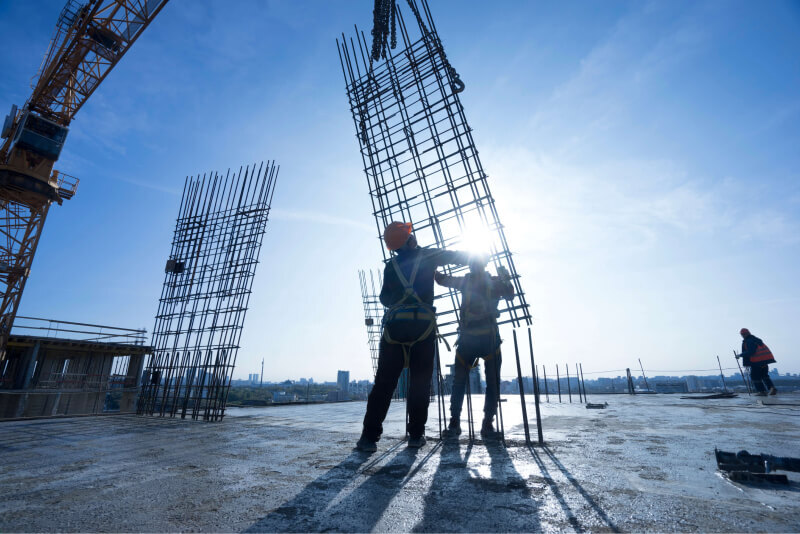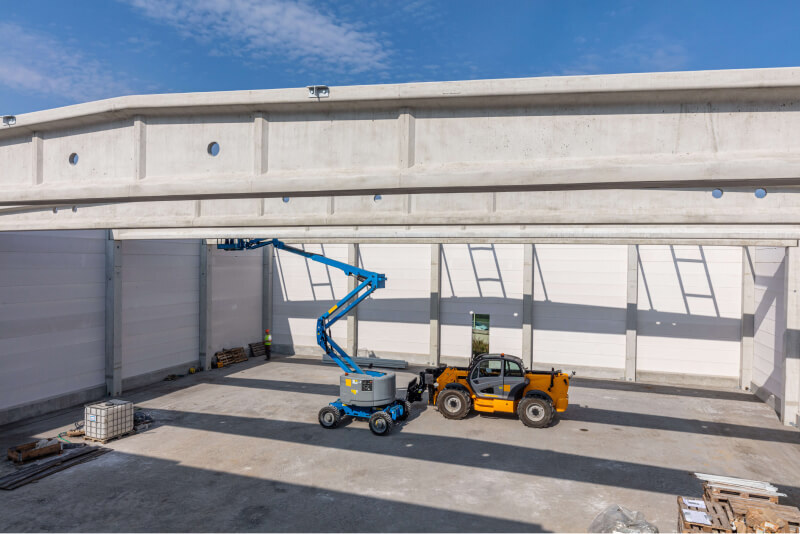What new investors need to know about commercial real estate valuation in 2021
Commercial real estate valuation is a method of estimating the value of a property and its potential returns or yield. It is used by both financiers and potential buyers. This type of valuation can be useful for many reasons, but most commonly it is used to determine the financial feasibility of a particular transaction, whether that transaction is being considered as part of an acquisition or sale and the type of return it might generate over time.
Some common factors that are taken into consideration when valuing commercial real estate are the size and layout of the building, its durability, tenant occupancy rates, location, leasing rates in comparison to rental rates, and government regulations.
For our purposes, commercial real estate is a type of property used in the trading and development of goods and services - from offices to farms to childcare centers.
Commercial real estate valuation is a process in which an expert determines the worth of a commercial property, usually for investment purposes. Commercial real estate valuation has existed for as long as the industry itself, and evolves with the ongoing trends and technology. Technological advancements have helped this field to grow exponentially in the last decade. With technological advancements, we are seeing an increase in demand for commercial real estate valuations services and increased accuracy in the modeling and predictions.

Market Conditions Impact the Value of Real Estate
Commercial real estate has always had an intrinsic value. It’s what makes it different from residential property as it generates an income through the commercial use of the premises.
This value is determined by the market forces impacting the area. There are three main factors that can affect the commercial property value: rent/yield rates, area demographics, and the area. A change in any of these factors over time will have an impact on how much property is worth and should be used to base a value on.

What Factors Impact the Value of Real Estate?
Commercial real estate is defined as all types of property that are used to produce income, including office buildings, shopping centers, hotels, warehouses, and apartment buildings. A simple commercial real estate evaluation can be made by calculating the cost per square meter for the rental value.
But the factors that impact the value of commercial real estate are its location in relation to population density and public transportation lines, construction costs in the area, lease rates in the area compared with others in different regions or cities, what types of businesses occupy space on the property (retail or office), and how much space is left on a property.
As data and information become more available, we have the ability to look at values and valuations through the lens of data and data models that combine different data points to help model out potential value now and in the future.
Appraisal Methods for Commercial Real Estate - Traditional Method Versus Comparative Sales Analysis
Both traditional and comparative sales analysis methods measure specific property attributes in order to determine the value of a given property. The only difference is the measurement. Traditional appraisal measures property attributes such as square meterage, age, and quality of construction. Comparative sales analysis compares current market prices with past sale prices to determine the worth of a certain property.
Comparative sales analysis is often more accurate because it accounts for the real-world market value that traditional appraisal can’t always fully consider. The use case for this method is when an owner is considering selling their building or needing financing from a lender who requests an estimate of the value of the building. The traditional method of appraisal is a process that interests the value of a property as it stands, whereas comparative sales analysis appraises a property's value as it relates to the sale price of similar properties.
Traditional Method Appraisal: This is a process that interests the value of a property as it stands. It is not concerned with any trends in the market or other factors that may affect it's worth going forward.
Comparative Sales Analysis: The key difference between comparative sales analysis and traditional method appraisal, is that this type of appraisal evaluates the property's value as it relates to sale prices for similar properties. In addition, analysts often consider trends and try to model those into the price - e.g. future developments in the area, changing demographics that may change the dynamics of the local market in the future.

The role of data and technology in valuing commercial property
Data analysis of commercial property is becoming an important tool for new and experienced commercial real estate investors. It has become the most accurate way to value property and is the core of every decision-making process on commercial property.
As data on commercial property becomes more accessible, data analysis becomes more accurate and useful in valuing the commercial property. Investors are using data to find the best deals, reducing the likelihood of overpaying for properties while still generating high returns. It also helps identify any potential trends or underlying opportunities that other investors can overlook.
Businesses on both sides of the buy/sell fence are using data and data analysis tools to get accurate models and predictions of the value and potential value of properties based on the vast amount of available data the industry collects.
Conclusion: The Value of Your Property Depends on Your Needs
A property’s value depends on a number of factors which include the condition of the property, location, and the market demand, as we know.
Whether you are a seasoned investor or just looking to start the process, information is key and a process to evaluate that information will help maximize your ROI over the life cycle of your investment.









